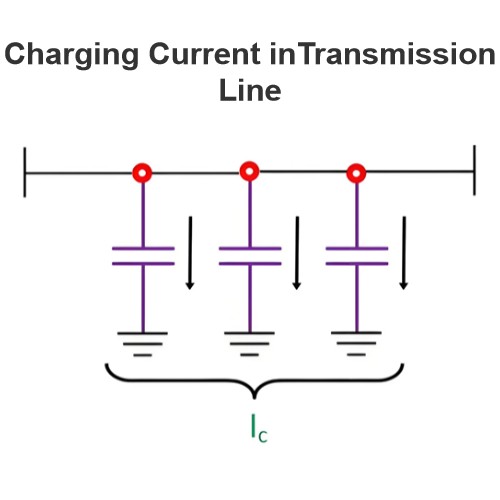What is the reason for using steel instead of copper in ACSR conductors?
ACSR (Aluminum Conductor Steel Reinforced) conductors are commonly used in power transmission and consist of aluminum strands surrounding a steel core. The reasons for using steel instead of copper as the internal reinforcement material are as follows:
1. Strength and Durability
High Strength: Steel has high mechanical strength and can withstand significant tensile and pulling forces, especially in long-distance transmission lines where it needs to resist wind loads, ice loads, and its own weight.
Corrosion Resistance: Although steel is less corrosion-resistant than copper, it can be effectively protected by treatments such as galvanization, extending the lifespan of the steel core.
2. Cost Efficiency
Lower Cost: Steel is much cheaper than copper, and using steel as the reinforcing material can significantly reduce the cost of the conductor, particularly in large-scale transmission line construction.
Material Availability: Steel is more widely available and has a more stable supply chain, unaffected by fluctuations in the copper market, which is beneficial for supply chain management.
3. Lightweight
Reduced Weight: Despite steel having a higher density than aluminum, the overall weight of ACSR conductors remains relatively light because aluminum has a much lower density than copper. This makes ACSR conductors easier to install and transport, reducing the requirements for supporting structures.
4. Electrical Conductivity
Primary Conductive Material is Aluminum: While steel has much lower electrical conductivity compared to copper, in ACSR conductors, the main task of conducting electricity is performed by the outer aluminum strands. The steel core's primary role is to provide mechanical support, not electrical conductivity.
5. Thermal Stability
Thermal Expansion Coefficient: The thermal expansion coefficients of steel and aluminum are relatively close, which helps reduce deformation and stress in the conductor caused by temperature changes, improving its thermal stability.
6. Environmental Adaptability
Suitability for Harsh Environments: The mechanical strength and durability of steel make it capable of maintaining good performance in harsh environments, such as high temperatures, high humidity, and strong winds. This makes ACSR conductors suitable for use in various geographic conditions.
Summary
Using steel instead of copper as the internal reinforcing material in ACSR conductors is primarily due to steel's high strength, durability, cost efficiency, lightweight properties, good electrical conductivity when combined with aluminum, thermal stability, and environmental adaptability. These advantages make ACSR conductors an efficient choice for power transmission.
The Electricity Encyclopedia is dedicated to accelerating the dissemination and application of electricity knowledge and adding impetus to the development and innovation of the electricity industry.













